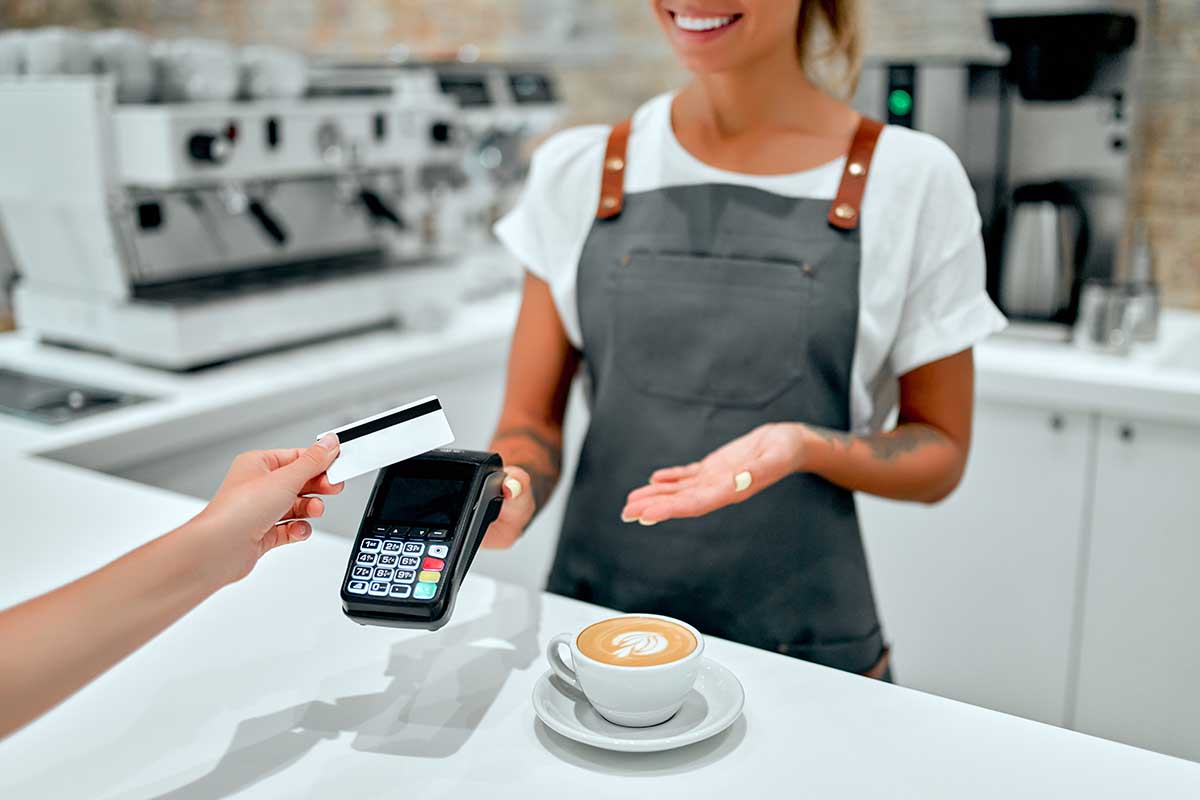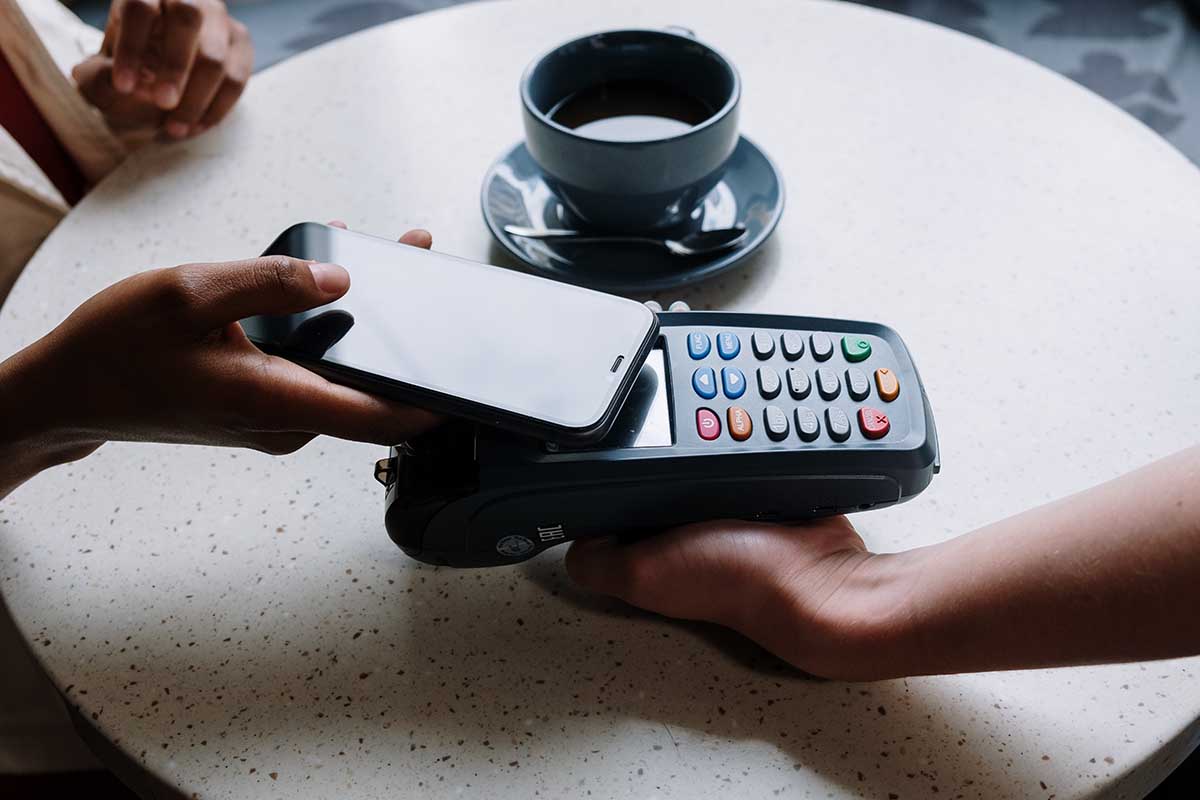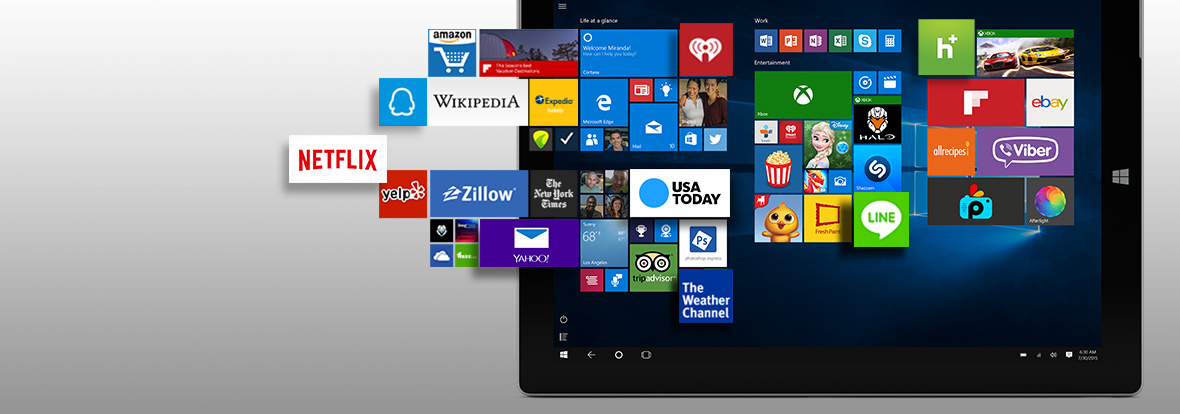The Evolution of Online Payment Systems: The Digital Transaction Landscape in 2030
Key Points
Digital Transformation: Online payment systems have evolved from basic electronic transfers to sophisticated, AI-driven platforms, enhancing convenience and security.
Current Trends: The rise of mobile wallets, contactless payments, and real-time processing is reshaping consumer expectations and business operations.
Future Outlook: Emerging technologies like biometric authentication and blockchain are set to further revolutionize digital transactions, emphasizing the need for adaptability.
A Brief History: From Barter to Digital Bytes
The concept of exchanging value has been woven into human civilization since the beginning of time.
From the barter system—where neighbors traded grain, livestock, or hand-sewn goods—to the rise of metal coins and eventually paper money, the methods of transaction have always evolved to fit society’s needs.
The 20th Century: The Rise of Electronic Payment Systems
The 20th century marked a game-changing moment with the rise of electronic payment systems.
In 1958, Bank of America introduced the BankAmericard (which later became Visa), revolutionizing how we think about credit and financial transactions.
The 1990s: The Digital Revolution
The 1990s brought a new era with the emergence of online banking and e-commerce.
Companies like PayPal made it possible for individuals to send money across the globe with just a few clicks—a concept that seemed almost magical at the time.
The 21st Century: Mobile and Contactless Payments
Fast forward to the 21st century, and the landscape has shifted dramatically.
We’ve seen an explosion of mobile payment solutions, digital wallets, and contactless technologies.
These shifts have been driven by the demand for convenience, efficiency, and—let’s face it—speed. With just a tap on a screen, money moves faster than ever.
Freelancers and the Gig Economy
And let’s not forget the freelance economy—millions of people now work as independent contractors, consultants, and creators. For them, payment systems aren’t just a convenience; they’re a lifeline.
As work evolves into more flexible arrangements, so do the demands on payment platforms. Freelancers need systems that are not only quick but also reliable, secure, and tailored to their unique needs.
The New Payment Landscape: Instant Payouts and Integrated Solutions
Even new payment statuses are emerging—think instant payouts, same-day deposits, and integrated tax reporting.
For freelancers and gig workers, these features can make the difference between financial stability and uncertainty.
Who Benefits the Most?
Whether you’re a small business owner looking to streamline your invoices, a freelancer seeking faster payments, or a consumer who values convenience and security, understanding how payment systems have evolved—and where they’re headed—can help you make smarter decisions.
✅Book I recommend reading. If you’re curious to dive deeper into the fascinating history of money and transactions, I highly recommend
“The Ascent of Money: A Financial History of the World” by Niall Ferguson.
It’s a brilliant, accessible exploration of how money shaped civilization and continues to influence our daily lives.
“Money is not just a medium of exchange—it’s a medium of memory.”
— Niall Ferguson, The Ascent of Money
Current Trends Shaping Online Payments in 2026
- Mobile Wallets and Contactless Payments
The proliferation of smartphones has catalyzed the adoption of mobile wallets like Apple Pay, Google Pay, and Samsung Pay. These platforms offer users the convenience of storing payment information securely and making transactions with a simple tap.
Contactless payments, utilizing Near Field Communication (NFC) technology, have become increasingly popular, especially in the wake of health concerns that discourage physical contact. Retailers and consumers alike appreciate the speed and hygiene benefits of these transactions.
- Real-Time Payment Processing
Consumers now expect instantaneous transaction processing. Real-time payment systems enable funds to be transferred and received within seconds, enhancing cash flow for businesses and providing immediate access to funds for consumers.
- Integration of Artificial Intelligence
AI is playing a pivotal role in fraud detection and personalized user experiences. Machine learning algorithms analyze transaction patterns to identify anomalies, thereby enhancing security.
Additionally, AI-driven chatbots and virtual assistants are improving customer service in the payment sector.
Addressing Security Concerns
With the convenience of digital payments comes the challenge of ensuring security.
Cybersecurity threats, including data breaches and fraudulent transactions, necessitate robust protective measures.
Implementing multi-factor authentication, end-to-end encryption, and tokenization are critical steps in safeguarding user data.
Regular security audits and compliance with standards like the Payment Card Industry Data Security Standard (PCI DSS) are also essential.
The Global Perspective: Inclusivity and Accessibility
Digital payment systems are bridging financial gaps, especially in developing regions.
Mobile money services have empowered individuals without traditional banking access to participate in the digital economy.
Governments and organizations are investing in infrastructure to support digital payments, recognizing their role in economic development and financial inclusion.
The Future of Online Payments
Looking ahead, several innovations are poised to redefine online payment systems:
Biometric Authentication: Utilizing fingerprints, facial recognition, and voice patterns to authorize transactions, enhancing security and user convenience.
Blockchain Technology: Offering decentralized and transparent transaction records, potentially reducing fraud and operational costs.
Central Bank Digital Currencies (CBDCs): National digital currencies could streamline monetary policies and provide a government-backed alternative to cryptocurrencies.
Internet of Things (IoT) Payments: Enabling devices like smart refrigerators or cars to initiate transactions autonomously, creating seamless purchasing experiences.
Expert Insights
Within five years, half of today’s smartphone users will be using their phones and mobile wallets as their preferred method for payments.
— Peter Olynick, Card & Payments Practice Leader.
Fintech has the potential to make banking, lending, and payments more efficient and accessible to all.
— Haruhiko Kuroda, Governor of the Bank of Japan.
Who Benefits from Understanding Payment System Evolution?
Consumers: Gaining awareness of payment options enhances financial decision-making and security.
Businesses: Adopting modern payment solutions can improve customer satisfaction and operational efficiency.
Developers and Innovators: Staying informed about trends enables the creation of cutting-edge financial technologies.
Policy Makers: Understanding the landscape aids in crafting regulations that balance innovation with consumer protection.
Actionable Steps for Stakeholders
Stay Informed: Regularly research emerging payment technologies and trends.
Enhance Security Measures: Implement advanced authentication and encryption protocols.
Educate Users: Provide resources to help consumers understand and safely use digital payment options.
Collaborate: Engage with industry partners to develop interoperable and inclusive payment solutions.
Conclusion
The evolution of online payment systems reflects humanity’s pursuit of convenience, security, and efficiency.
As technology continues to advance, staying abreast of trends and adopting best practices will be crucial for all stakeholders in the digital economy.






















